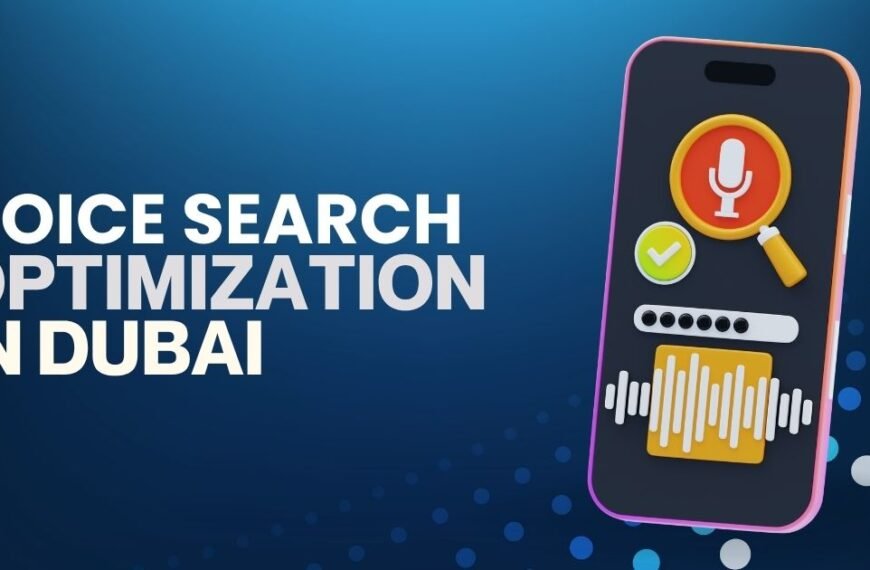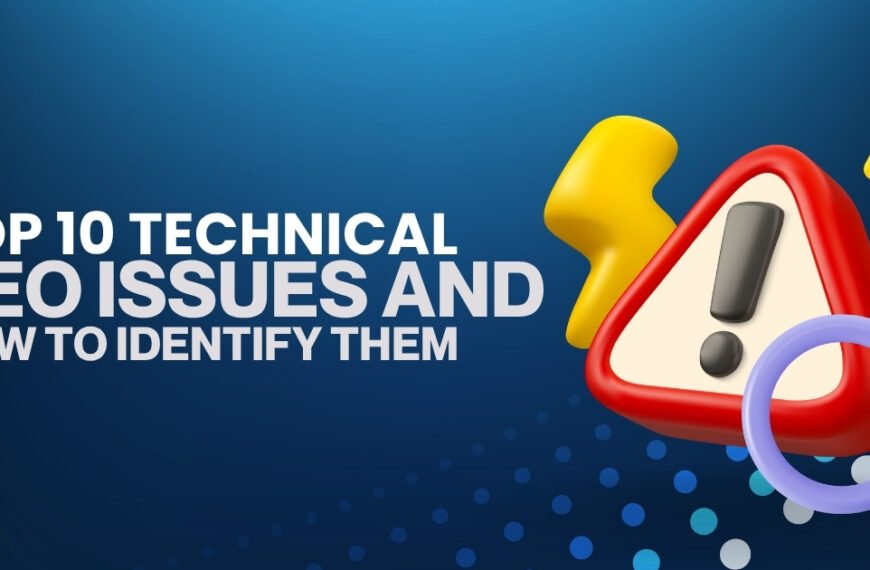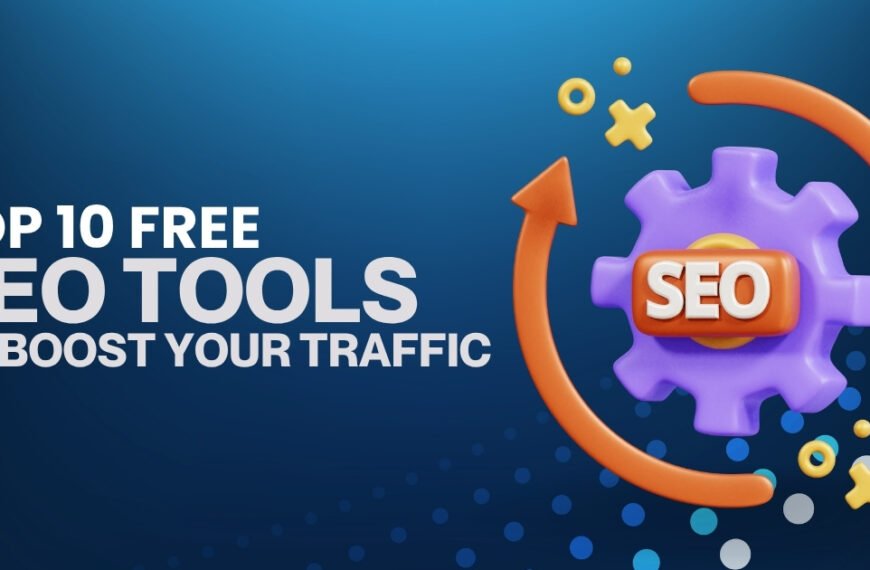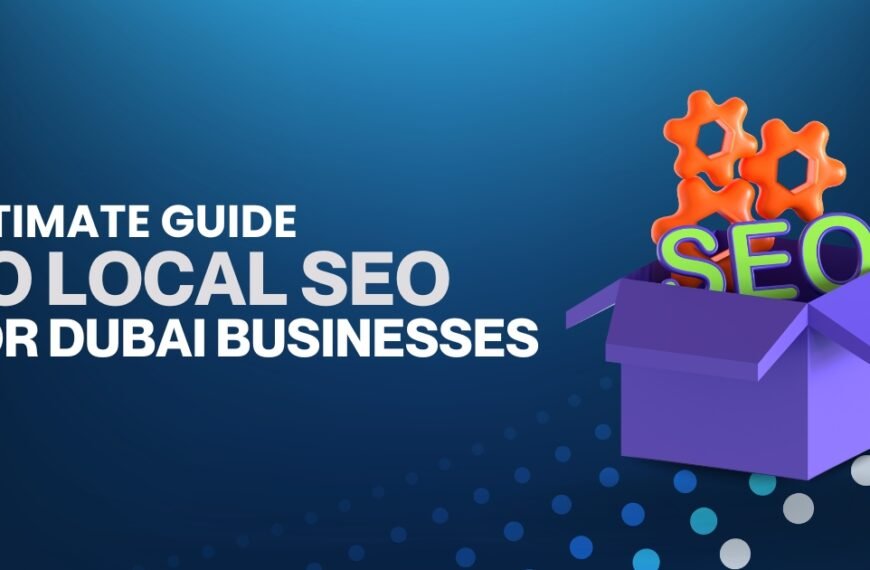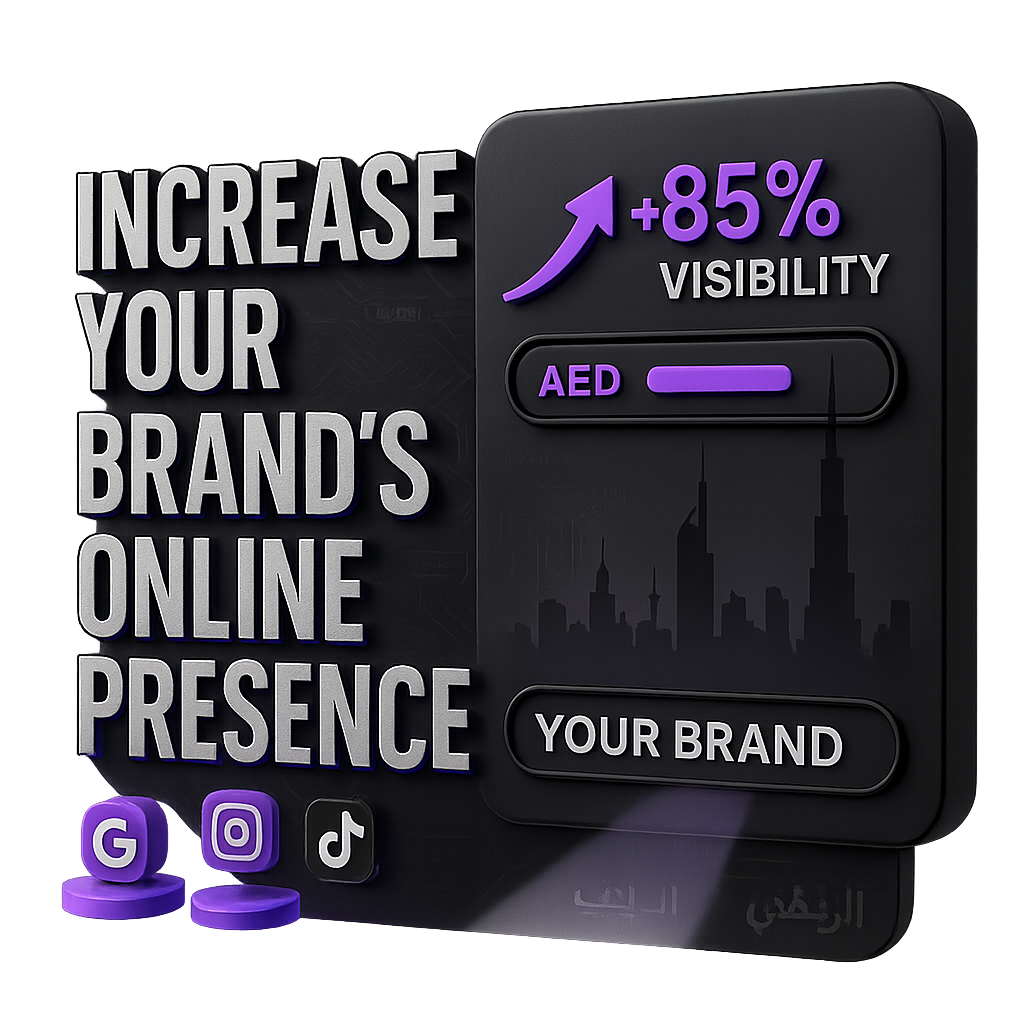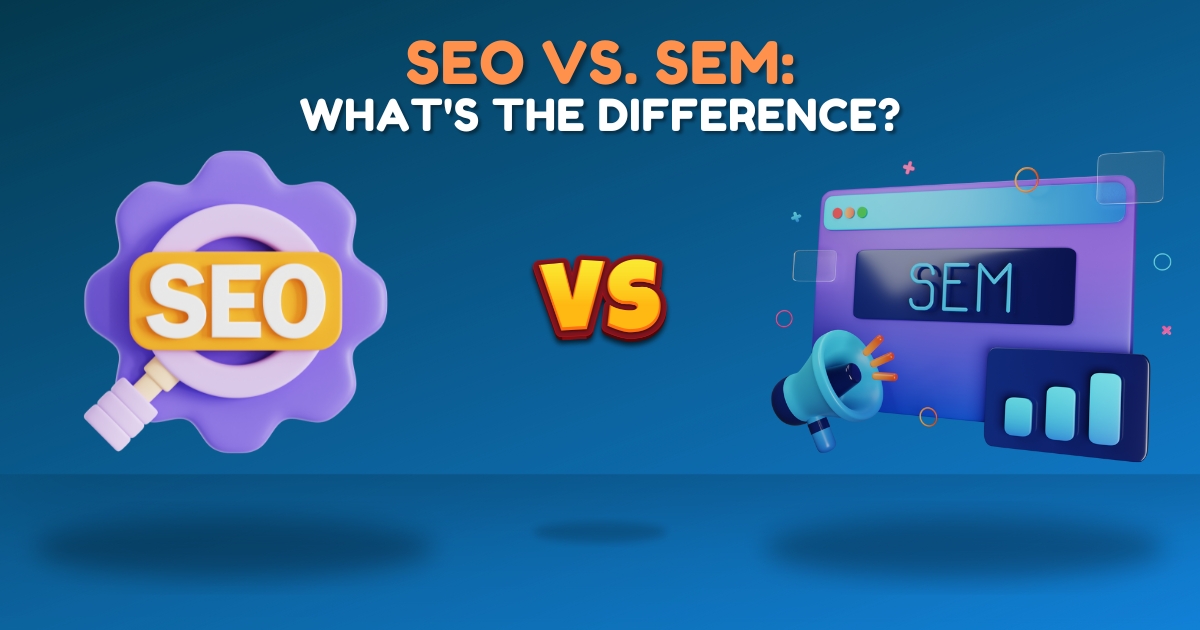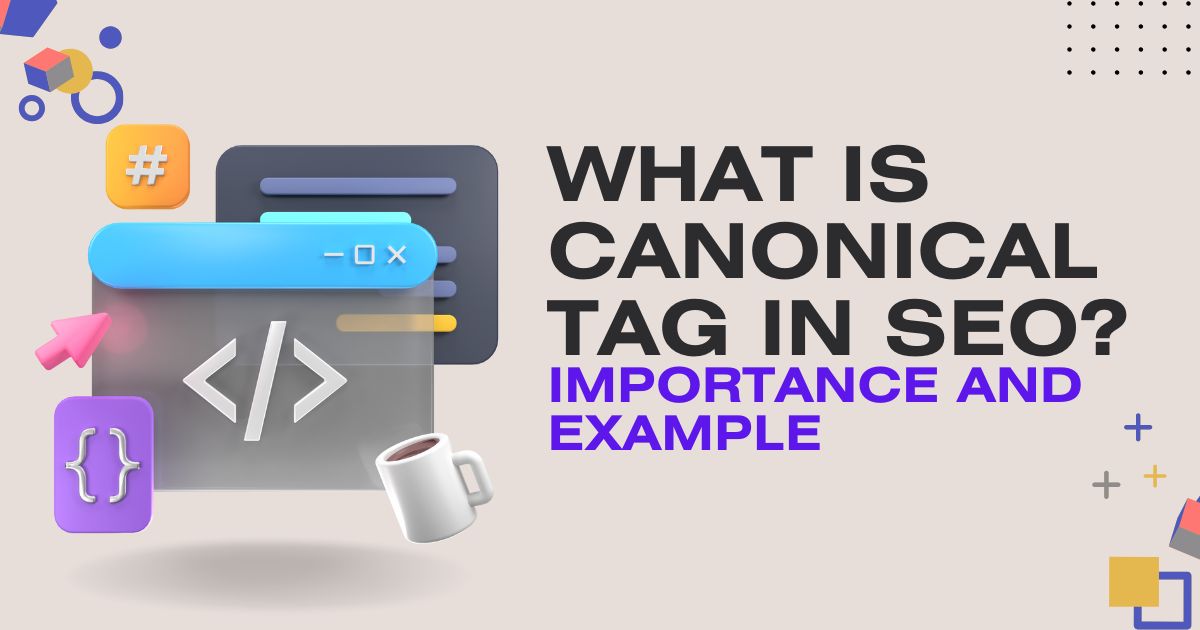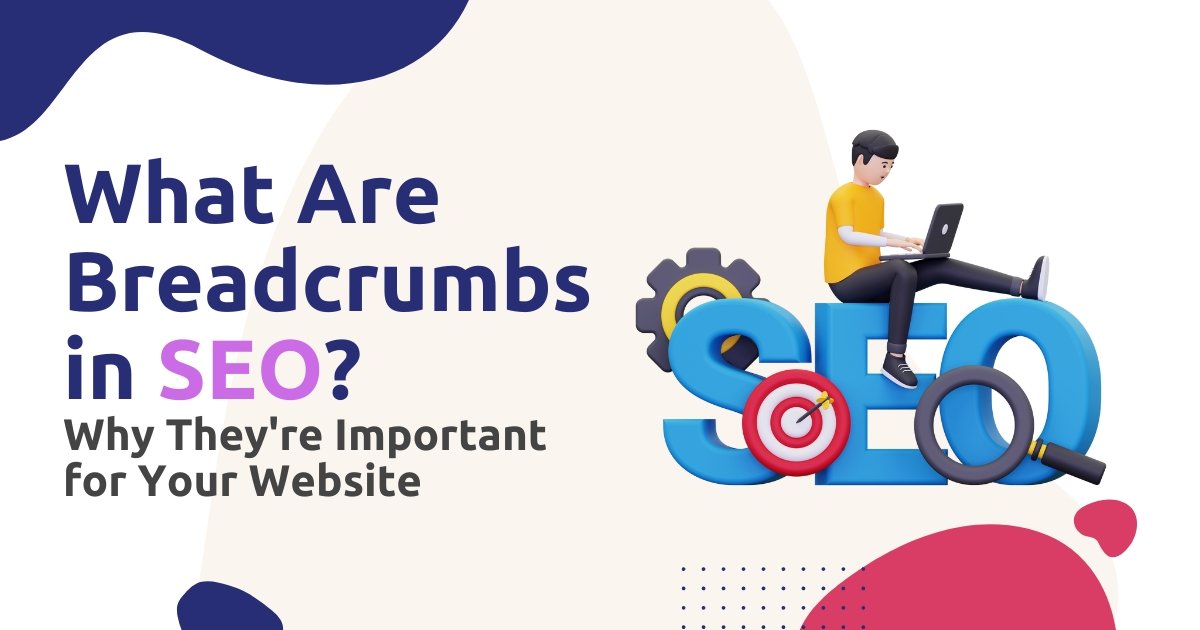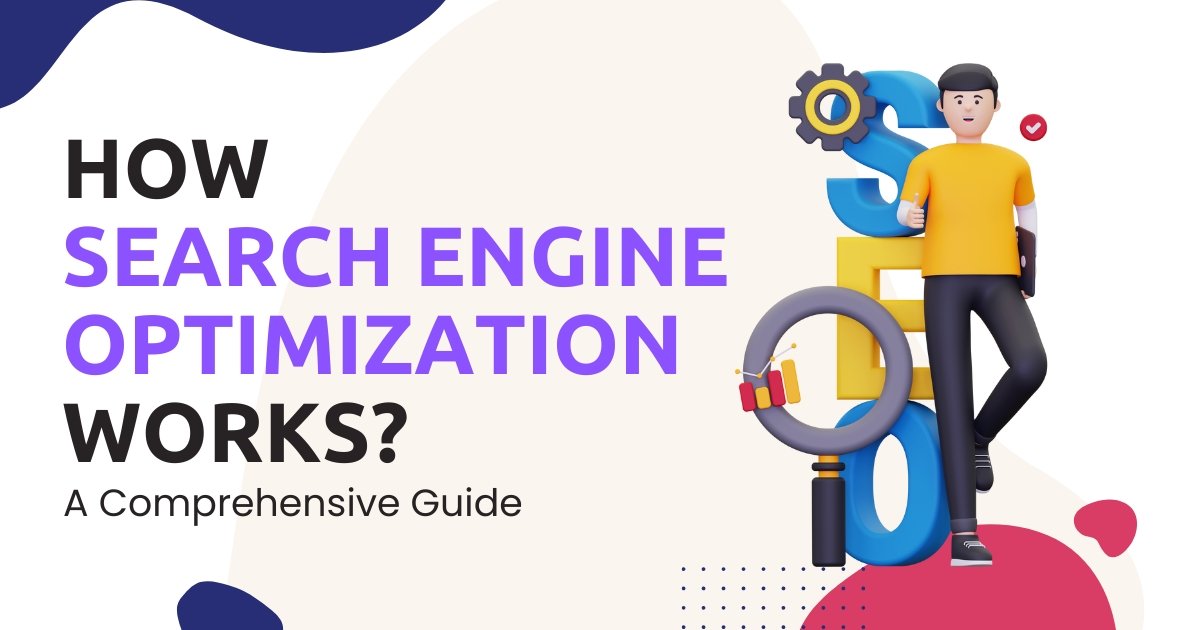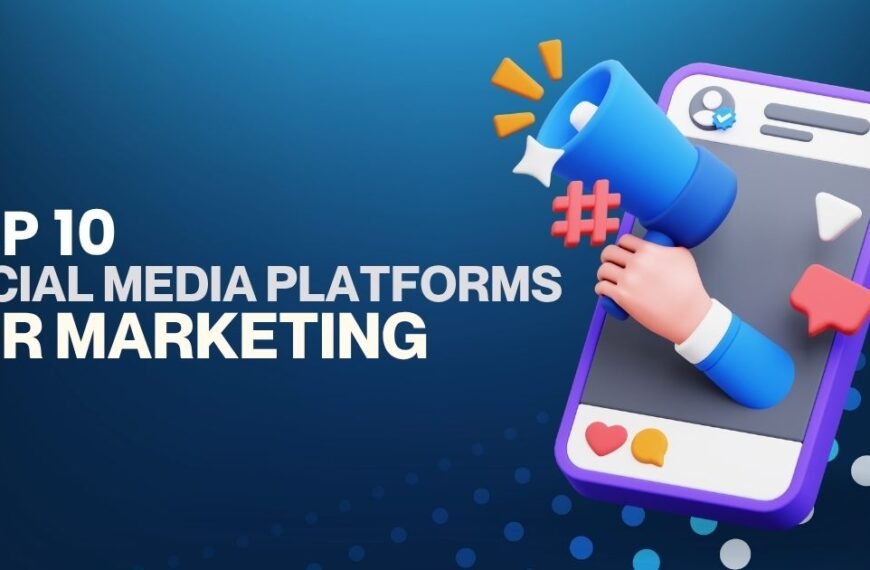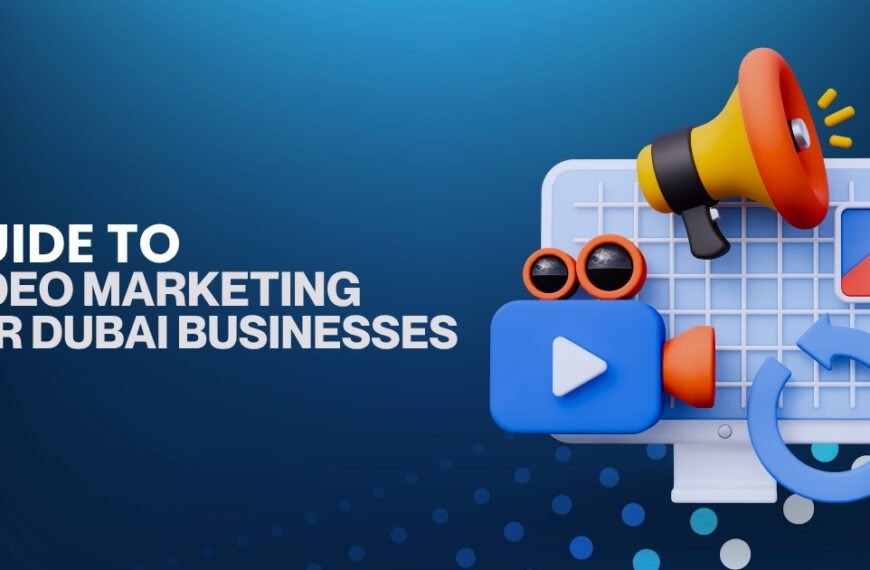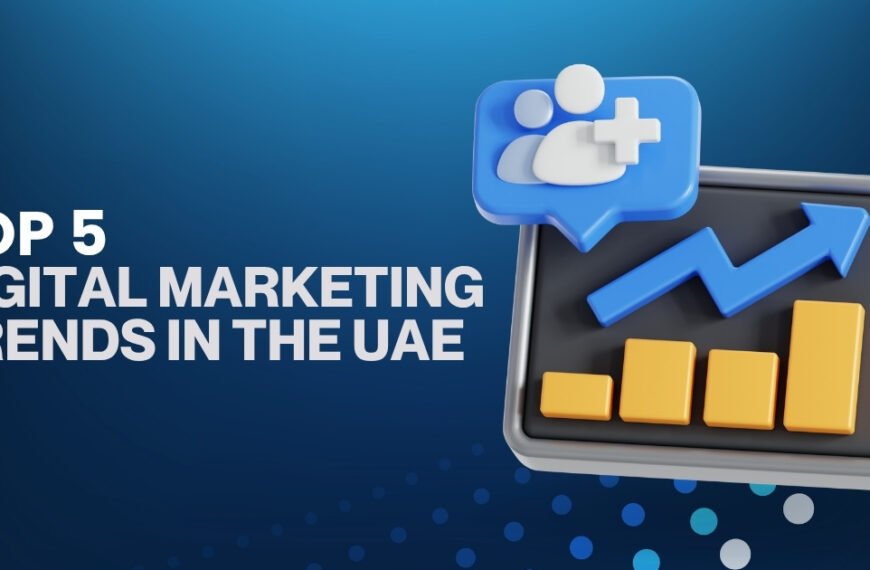Home /
Beetle Dynamics
4.5/5
Published – 18/09/2025
The digital marketing landscape is changing day by day, especially in this era of AI advancement and AI-powered search features. As we move forward, search engine optimization also moves forward into its own space, which is essential for ensuring enhanced visibility. But that’s not all, now we all have come across a new term known as Generative Engine Optimization. The main goal of both GEO vs SEO is to improve the online presence of any website, but there are a lot of differences in their strategies, tools, and methodologies, especially when it comes to AI models and generative systems.
In this blog, we will learn about GEO and SEO and understand the differences and similarities between them and explore how they can be optimized for user intent, search engines, and AI in 2025.
What is Generative Engine Optimization (GEO) in 2025?
Generative engine optimization is an emerging practice that helps you optimize your content using AI-powered systems, such as Google’s AI Overview, SearchGPT of OpenAI, and ChatGPT. These AI systems generate answers to user queries, which are taken from multiple sources and presented to you in a well-thought-out manner. The main purpose of GEO is to help AI understand your content, organize it, and present it to the user accurately when a user enters their query in the AI tool.
SEOs targeting search engine algorithms like Google are traditional. And GEO focuses more on AI systems. As generative AI is reshaping search results, it becomes important to optimize for AI-powered features like overviews, snippets, and other AI-generated results.
What is Search Engine Optimization (SEO)?
SEO means Search Engine Optimization and it is a process used to optimize a website’s technical configuration, content relevance and link popularity so that pages can be easily found on search engines and get more and more good results for user queries. So, You need to know how search engine optimization works?.
SEO has many techniques, such as improving core web vitals and creating high-quality relevant content, which helps to build a strong presence of your website and improves its ranking on search engines. Today many companies provide search engine optimization services for growing your business.
Similarities Between GEO and SEO
There are many similarities between GEO and SEO, which are very important for you to know:

- Keyword Optimization: Whether you do SEO or GEO, having the right keywords is very important in both cases. The focus of both these strategies is to add relevant keywords to your content so that the visibility of your web page can increase and your ranking can improve. But the main thing is that in GEO, keywords are optimized for AI and in SEO to bring leads to the website.
- Understand the User Intent: It is very important for the user to understand the intent of both GEO and SEO terms. In SEO, it detects the user’s queries, while in GEO its focus is to understand what kind of answers the AI is providing. Like its structure, intent and more.
- High-Quality Content: The most important thing is content, which is very important in both. In both terms, whether it is an AI-driven system or a traditional search engine, high-quality and user-centric content is preferred so that the user can get the answer directly and accurately. In GEO, you have to structure the content well so that it can be easily explained to the AI system.
- Domain Authority and Trust: Whether you are doing SEO or GEO, it is very important for you to create domain authority. For this, quality backlinks and high-quality content are very important in both.
View this post on Instagram
Key Differences in GEO vs SEO
There are a lot of similarities between GEO and SEO but their approach and way of optimizing content are very different:
- Optimization for AI Understanding: In GEO, content is optimized for an AI-driven system so that AI system can understand and interpret it well. Your content should be absolutely clear and well structured with schema markup so that it can be summarized well.
- Content Structure: In GEO, the content is divided into small and separate sections like headings, subheadings, bullet points and important summaries. This type of format is easy to understand for AI-driven systems and the content is easily processed. But in SEO, the content is written in the format of long-term articles, in which a lot of information is also provided.
- Query Types: GEO targets more specific queries whose purpose is to summarize AI. Such as direct questions: What is SEO? What is GEO? But SEO targets borderline queries that contain more information. It also focuses more on navigational and transactional queries that get user traffic.
- EEAT Adaptation: EEAT means Experience, Expertise, Authoritativeness and trustworthiness, which are very important terms for both SEO and GEO. In GEO, its role is to make AI understand your content and how to validate EEAT signals, such as using bios, structured and credentials. While in SEO, it helps to improve the quality and trust of your website so that your ranking on Google can increase.
- New Technical Considerations: There can be many new technical ideas in GEO, such as optimizing for AI-specific features that provide AI-generated results. And this directly means adopting new coding practices or new markup languages.
You can also read differences between: AEO vs SEO
How to Optimize For User Intent, Search Engine and AI in 2025
Now that you know the difference and similarities between GEO and SEO, you can see how you can optimize content for user intent, search engines, and AI in 2025:
1. Prioritize User Search Intent the Most:
Understanding the user’s intent and giving priority to it, both terms are very important in GEO and SEO. In GEO, it is important to understand AI-driven search results and it is very important to understand the deeper AI intent of the marketer. It means to give the exact answer that is given by AI, whereas in SEO, it is important to understand whether the query asked by the user is informational or navigational; this helps in developing the content strategy. Hence, it is very important to understand the user’s intent.
For this, there are many tools like Ahrefs, SEMrush that help you in understanding the intent of the user and analyzing the keywords searched by the user on the basis of data.
2. Create High-Quality and Creative Content
The final answer provided by AI-driven devices is taken from high-quality and comprehensible content, which provides a direct and accurate answer to the user. In both GEO and SEO, it is very important for the content to be well-researched and motivational so that the user shows interest in your content and this helps you a lot in gettinga high ranking and will help AI systems to define your content.
3. Optimize for Featured Snippets
In both GEO and SEO, it is very important to optimize content for featured snippets. Featured snippets are the best way for AI systems to understand content. Featured snippets are the main source for AI systems, which generate overviews, due to which the content has to be optimized in a way that AI devices can easily understand. For that, we have to give very clear information with clear headings, bullet points and subheadings. Which can make the content AI-friendly.
4. Optimize for Conversational Search Queries
Today, as voice searches increase, the problems for marketers are also increasing. With the increase in voice search in AI search, it becomes very important to have natural and long-tail keywords in the content and we have to optimize accordingly. This simply means writing the content in clear and conversational language and most importantly in an answer format. This way, the chances of your content getting ranked higher in AI-generated results increase.
Conclusion
As we move towards 2025, digital marketing is becoming more and more AI-driven. While SEO is still very important for any website to rank in traditional search engines, a new term called generative engine optimization has come up, which gives visibility to our content in AI-driven search results.
By implementing GEO and SEO together, we can navigate the digital marketing landscape well. It does not matter whether you are creating content with a focus on SEO or preparing AI-driven content for GEO. In digital marketing, high-quality content gets more priority, whether it is human or machine, it can fulfill someone’s needs.

